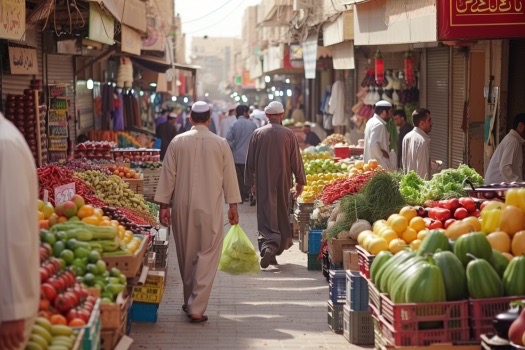Bogota residents forced to ration water amid severe drought
BOGOTA — The Colombian capital of Bogota is facing a water crisis, with about ten million residents being forced to ration water due to crippling shortages caused by a severe drought.
As the El Niño climate phenomenon wreaks havoc, reservoir levels have plummeted to their lowest point in decades.
Officials have divided the region around the capital into nine zones, with each zone taking turns to endure 24-hour water service shutdowns.
Hospitals and schools have been spared from the restrictions, but the city’s mayor has declared the situation dire.
The rationing plan, implemented on Thursday following earlier announcements, will be reassessed every two weeks by authorities.
“Let’s not waste a drop of water in Bogota at this time,” Mayor Carlos Fernando Galán emphasized during a press conference to announce the measure.
“That will help us so that these restrictions can be lifted more quickly or reduced,” he added.
A lack of rainfall coupled with unusually high temperatures has rapidly depleted Colombia’s reservoirs, with the Chuza reservoir, a key water source for the city, now at less than 17% capacity — the lowest point in 40 years.
Colombian President Gustavo Petro has intervened, ordering “a substantial change” to protect water resources over the next three decades, while warning against unchecked urbanization and criticizing the exploitation of natural aquifers by agriculture and construction industries.
Residents are already adapting to the crisis by cutting down on water usage, with activities like washing cars now off-limits.
“There are things we can no longer do, like washing the car,” remarked Clara Escobar, a resident in the city’s suburbs.
“I take a four-minute shower maximum and I avoid washing clothes,” added fellow resident Isaac Sandoval.
Experts attribute the issue, in part, to the current El Niño period, which typically leads to global temperature increases.
Other cities like Mexico City and Montevideo have also grappled with water shortages in recent years, with climate change playing a significant role alongside rapid urbanization and inadequate infrastructure.
While not all droughts are directly linked to climate change, the increase in atmospheric heat is exacerbating the situation by drawing more moisture out of the earth, making droughts more severe.
With global temperatures already on the rise, governments worldwide must take significant steps to reduce emissions to prevent further escalation of the crisis. — BBC



